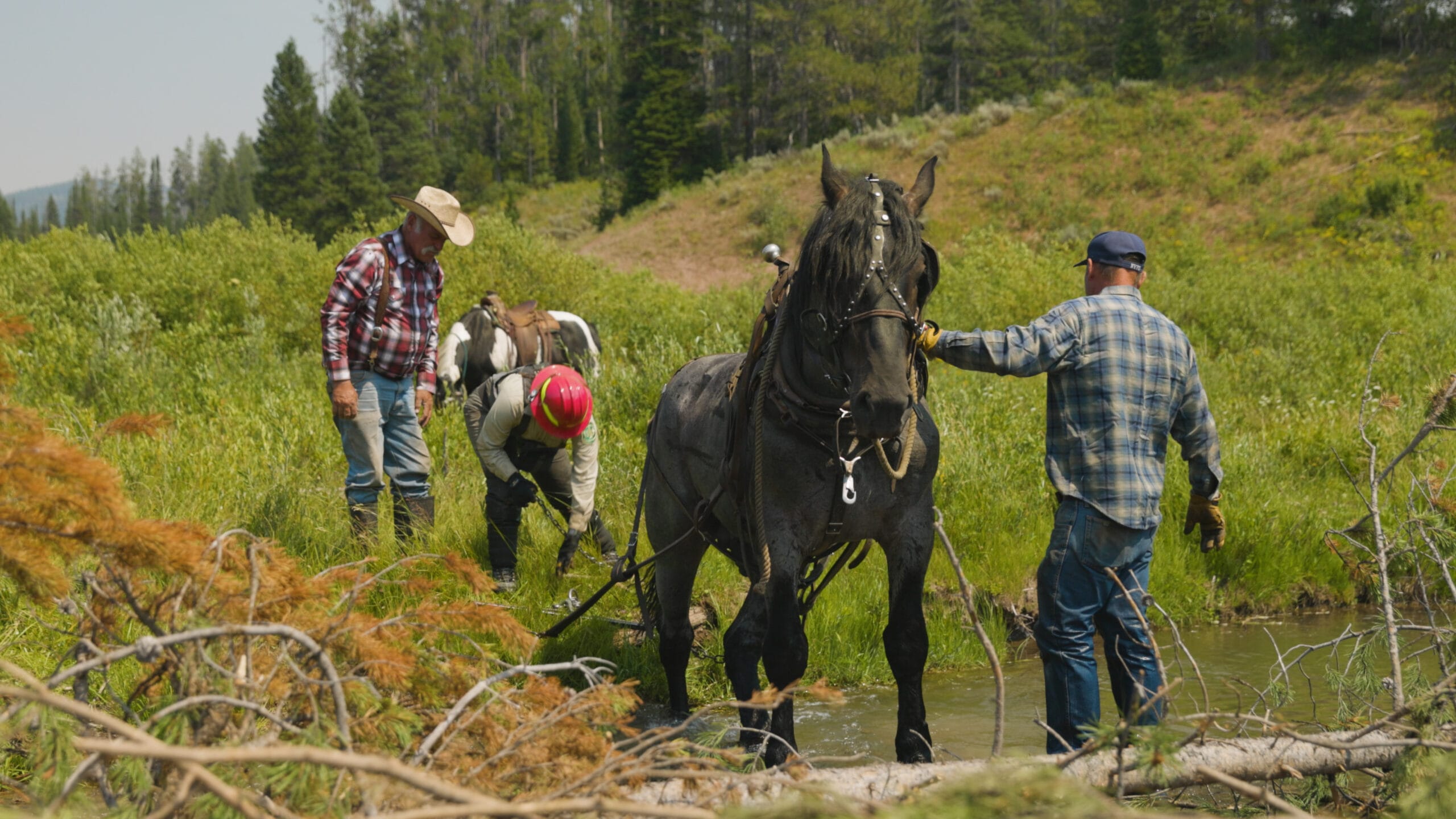Horses and Highwater perfectly depicts the Western way of life bringing together the important tenets of community, collaboration and conservation.
Trout Unlimited’s ongoing restoration efforts at Tincup Creek exemplify all these traits as we work closely with Caribou-Targhee National Forest—by hand, foot, hoof and helicopter—to bring restoration projects to life in the Salt River watershed.
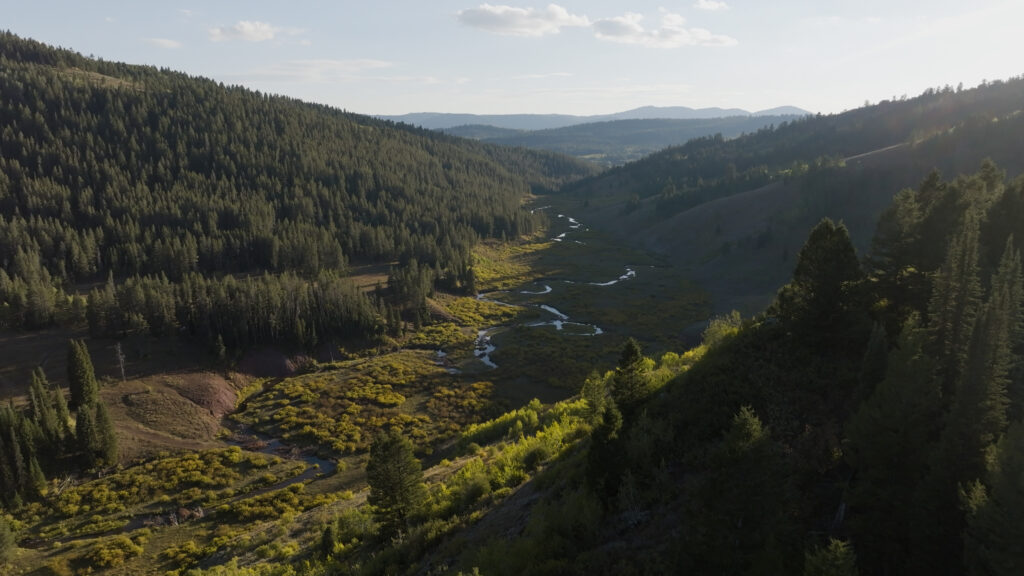
Located in northwest Wyoming and southeast Idaho, the Salt is a blue-ribbon fishery host to native Snake River cutthroat trout and wild brown trout. However, compromised health is evident thanks to degraded and fragmented fish habitat, rapid development in riparian areas, impaired water quality and dewatering.
Featured in the film are two Tincup Creek stream restoration projects both of which aimed to reconnect sections of the creek to its floodplain.
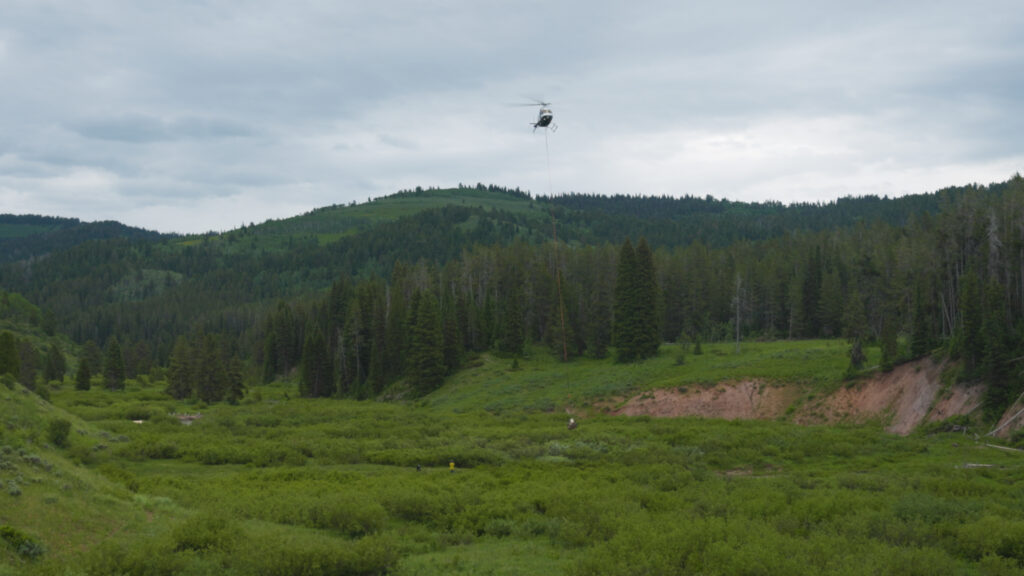
In 2024, TU used teams of draft horses and Wyoming Conservation Corps crews to install log structures in the creek to capture cobble and sediment mobilized during runoff to raise the elevation of the stream bed to improve floodplain connectivity.
“Conservation doesn’t happen in a vacuum,” said Tanner Belknap, Salt River project manager for Trout Unlimited. “It takes a lot of collaboration across state lines and budgets to restore our rural public lands and waters. Because of this, we’re incredibly thankful for our Keystone Agreement with the U.S. Forest Service, which continues to help fund restoration work on the Salt River’s tributaries.”
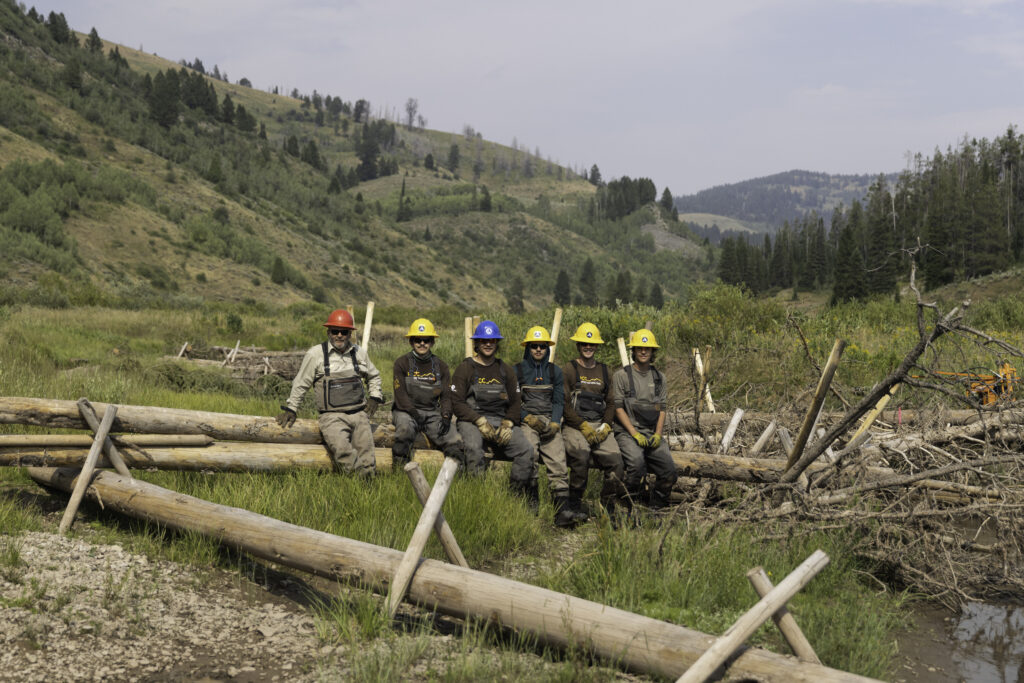
Belknap was hired in 2022 to develop a conservation community and expand TU’s restoration efforts in the Salt River watershed. He also helped spearhead the newly formed Salt River Watershed Group, which was supported through two Bureau of Reclamation grants totaling $300,000.
The Salt River Watershed Group is comprised of representatives from the Star Valley Conservation District, Wyoming Game and Fish Department, Idaho Fish and Game, Bridger-Teton National Forest, Caribou-Targhee National Forest, USDA – Natural Resources Conservation Service (NRCS) and U.S. Fish and Wildlife Service. Numerous other agencies, local stakeholder groups and members of the public have been actively engaged in the group.
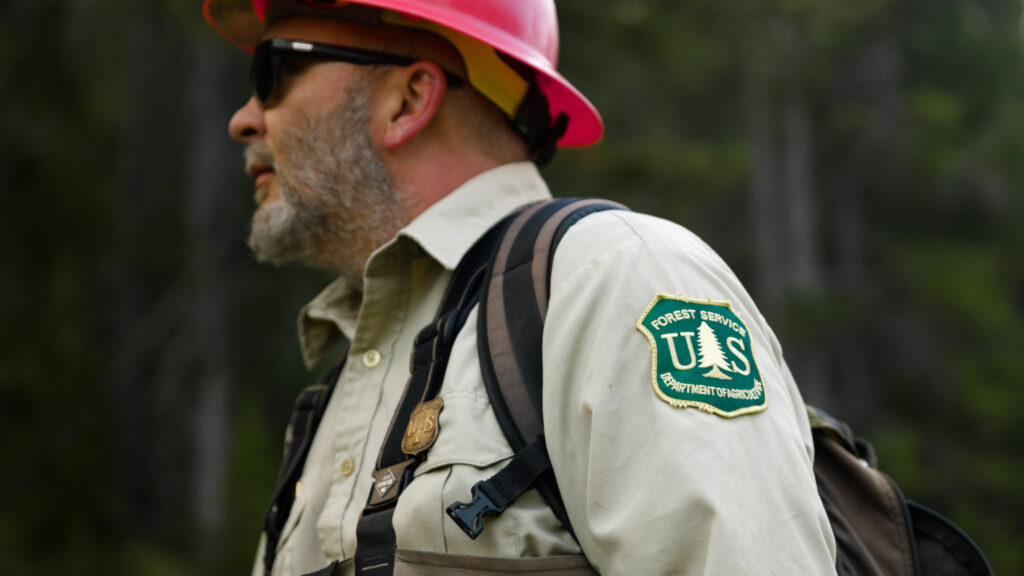
Based on the successful track record of engaging the local community and bringing multiple projects to fruition in the Salt River Watershed, the NRCS awarded TU more than $14 million for stream restoration, grazing management and agricultural infrastructure (diversions) projects in the Wyoming portion of the watershed through its Regional Conservation Partnership Program.
“Federal conservation investments, like the Regional Conservation Partnership Program, have an enormous impact for this watershed,” said Belknap. “Between the jobs they create to construct restoration projects and benefits to the fishery and water quality, funding for the Salt River is sure to provide incredible benefits to the Star Valley economy and community for years.”



